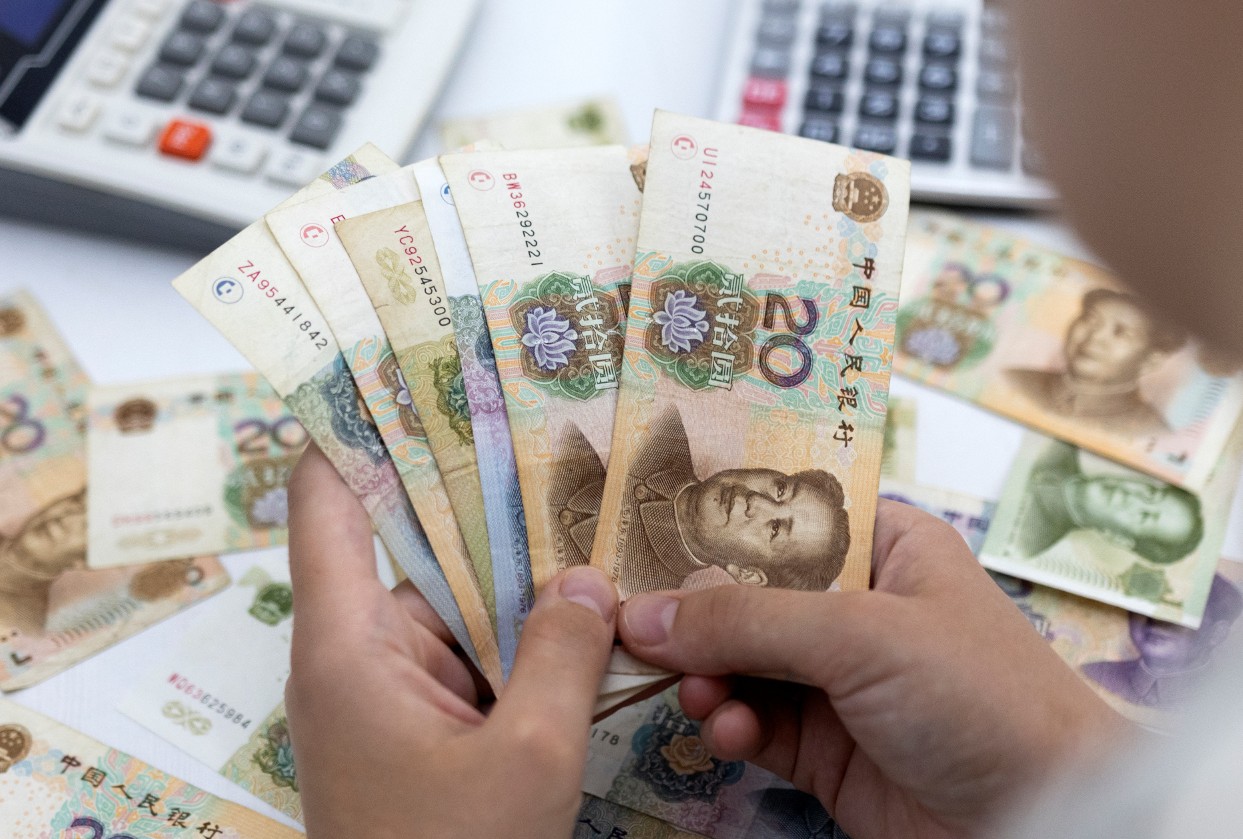Shanghai: China’s currency has fallen to its lowest point against the US dollar in over a year and a half on Tuesday, following the central bank’s decision to set a weaker-than-expected reference rate amidst escalating trade tensions with the United States, according to Nikkei Asia.
The People’s Bank of China (PBOC)’s latest action indicates a potential shift in approach toward currency stability, prompting market expectations of further depreciation. The onshore yuan dropped to 7.34 per US dollar, marking its lowest level since September 2023. Simultaneously, the more freely traded offshore yuan fell to approximately 7.352 per dollar. This decline occurred after the PBOC fixed the daily reference rate at 7.2038, down from 7.198 the previous day, allowing the yuan to trade within a weaker range in mainland China.
By lowering the midpoint rate, the PBOC seems to be permitting the tightly managed yuan to decline, aiming to mitigate the economic effects of the increasing US tariffs.
On Monday, US President Donald Trump threatened to impose an additional 50 percent tariff on Chinese goods unless Beijing retracts its retaliatory measures, leading to a swift reaction from China’s Ministry of Commerce, which branded the threat as “another mistake” and pledged to “fight to the end,” according to Nikkei Asia.
China’s Foreign Affairs Ministry spokesperson, Mao Ning, shared a video featuring Chairman Mao with a blunt message: “We are Chinese. We are not afraid of provocations. We don’t back down.”
In response to the tariffs, Chinese Commerce Minister Wang Wentao held discussions via video with representatives from the EU and Malaysia—the current chair of ASEAN—to engage in an in-depth and frank dialogue about enhancing bilateral economic and trade cooperation.
Meanwhile, the Chinese stock market saw a strong rally on Thursday morning. In the A-share market, the Shanghai Composite Index opened 1.29 percent higher, the Shenzhen Component Index increased by 2.29 percent, and the ChiNext Index surged by 3.35 percent at the market’s opening.

